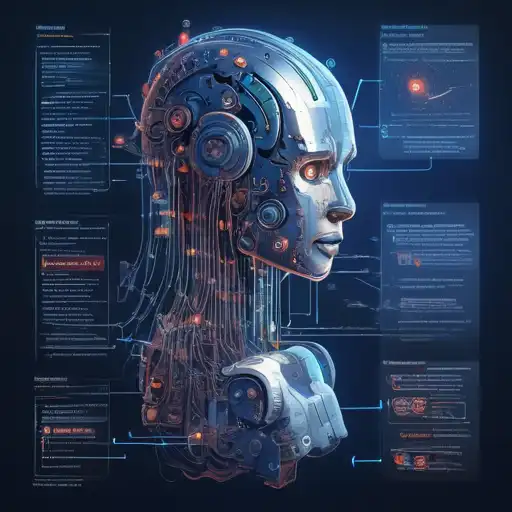Introduction to Machine Learning Algorithms
Machine learning algorithms are the backbone of artificial intelligence, enabling computers to learn from and make decisions based on data. For beginners, understanding these algorithms can seem daunting, but with the right approach, it's entirely achievable. This guide will explain the most common machine learning algorithms in simple terms.
Supervised Learning Algorithms
Supervised learning algorithms are trained using labeled data. This means that each training example is paired with an output label. Common supervised learning algorithms include:
- Linear Regression: Used for predicting continuous values.
- Logistic Regression: Used for binary classification problems.
- Decision Trees: Useful for both classification and regression tasks.
- Support Vector Machines (SVMs): Effective in high-dimensional spaces.
Unsupervised Learning Algorithms
Unsupervised learning algorithms are used when the data has no labels. The system tries to learn the patterns and the structure from the data without any supervision. Key unsupervised learning algorithms include:
- K-Means Clustering: A popular clustering algorithm.
- Principal Component Analysis (PCA): Used for dimensionality reduction.
- Apriori Algorithm: Used for association rule learning.
Reinforcement Learning Algorithms
Reinforcement learning is a type of machine learning where an agent learns to behave in an environment by performing actions and seeing the results. Notable algorithms include:
- Q-Learning: A model-free reinforcement learning algorithm.
- Deep Q Network (DQN): Combines Q-Learning with deep neural networks.
Choosing the Right Algorithm
Selecting the right machine learning algorithm depends on the problem you're trying to solve, the size and quality of your data, and the computational resources available. It's often beneficial to experiment with multiple algorithms to see which one performs best.
Final Thoughts
Machine learning algorithms are powerful tools that can extract insights from data. By understanding the basics of these algorithms, beginners can start applying machine learning to real-world problems. Remember, the field of machine learning is constantly evolving, so staying updated with the latest trends and technologies is crucial.
For those interested in diving deeper, consider exploring resources on data science and artificial intelligence to broaden your understanding.
